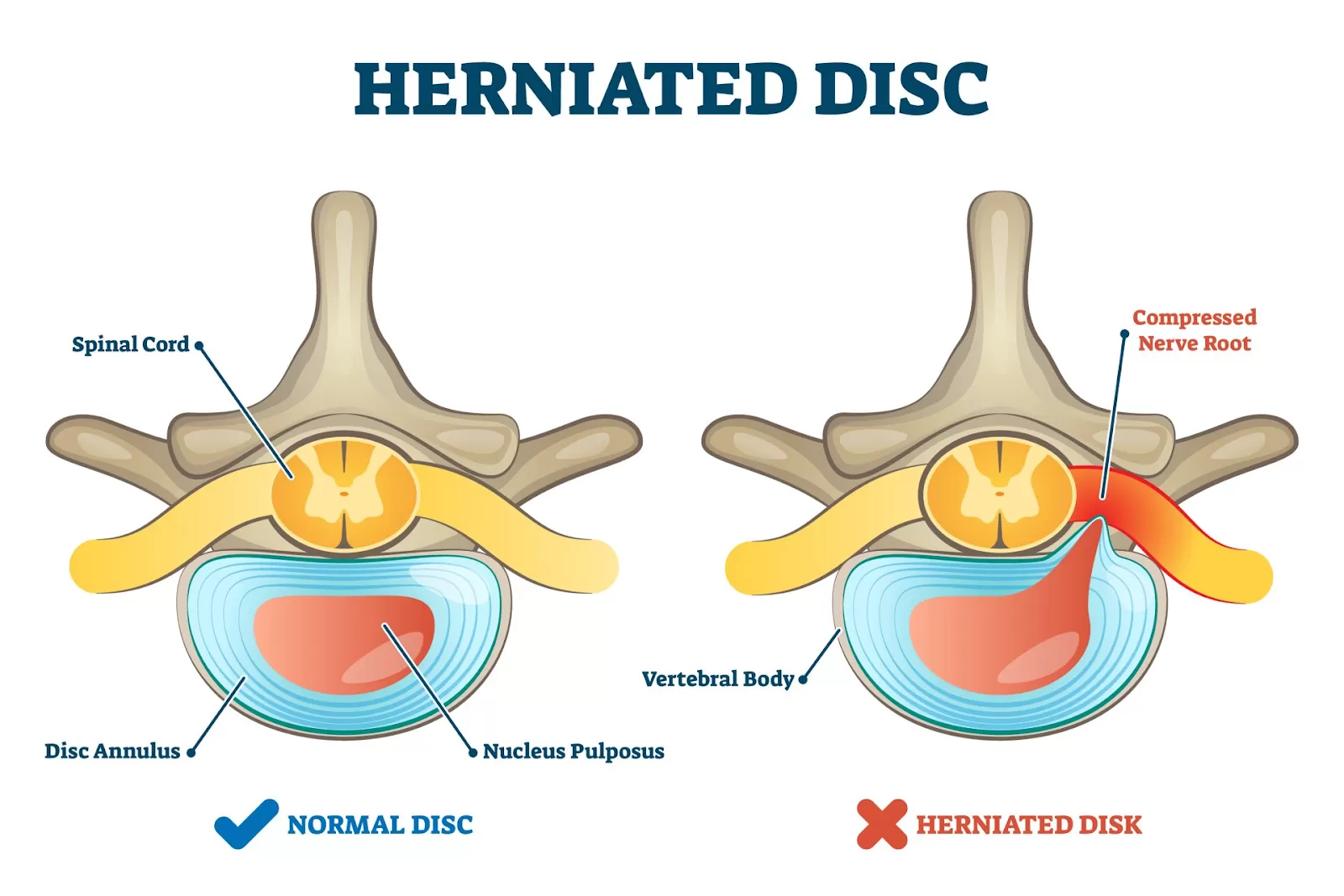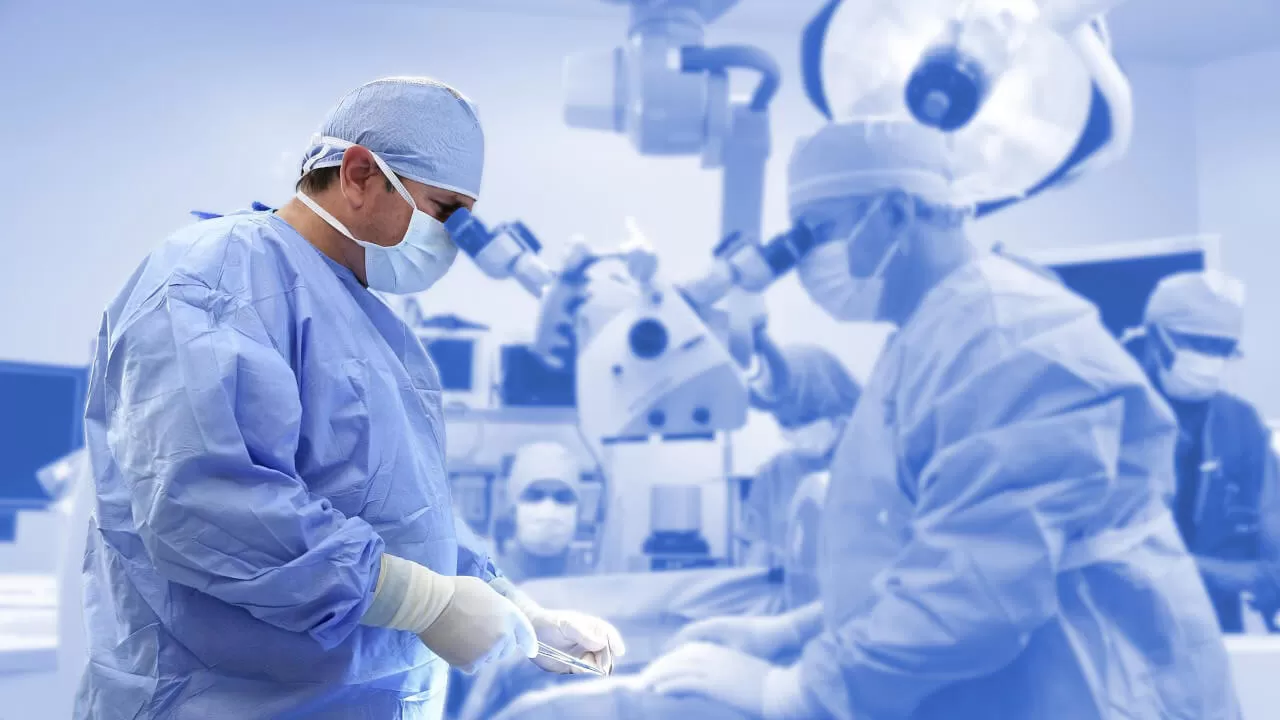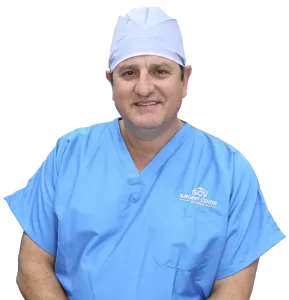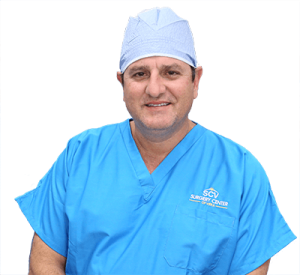
Back pain affects up to 80% of the population. Its symptoms vary from minor aches to severe agony and chronic pain. While some back problems might cure themselves, others, such as disc displacement, can be life-threatening if not treated by a qualified spine specialist or surgeon.
Disc displacement develops when a disc in the spinal column shifts from its original position and presses against the spinal nerves. This causes neck and back pain, numbness, and muscle weakness.
Disc displacement is a common issue that can occur in the spine. There are several types of disc displacement, and each type may require a different treatment. Recovery time after surgery can vary, and there are some risks associated with surgery. However, there are also many benefits to surgery for disc displacement.
There are two forms of disc displacement: traumatic and non-traumatic. A traumatic disc displacement is a condition produced by a severe injury, such as a vehicle accident or a fall. Non-traumatic disc displacement is induced by degeneration, such as osteoarthritis. Surgery is commonly used to treat traumatic disc dislocation, and recovery time might last up to three months.
Most disc displacements occur in the lower back, resulting in persistent lower back discomfort. Pain is usually felt mostly on one side of the body, and it might worsen during the day and during certain activities such as standing, laughing, and sitting. If you have chronic pain as a result of it, you should see a doctor for specialized treatment.
There are several factors that can contribute to disc displacement. These include:
1. Age: As people age, their discs may start to shrink and can move out of their normal position.
2. Injury: Injury can cause the discs to move out of their normal position.
3. Improper lifting: Lifting heavy objects can put pressure on the discs and cause them to move out of their normal position.
4. Obesity: Obesity can put extra pressure on the discs and cause them to move out of their normal position.
5. Spinal conditions: Conditions such as scoliosis or kyphosis can cause the discs to move out of their normal position.
Other reasons for disc displacement include:
Symptoms of disc displacement can vary depending on the type of displacement that is present. Anterior and posterior displacements may cause pain in the back or neck, while lateral displacements may cause pain in the side. Other symptoms can include:
1. Numbness or tingling in the arms or legs
2. Weakness in the arms or legs
3. Difficulty moving the arms or legs
4. Muscle spasms
5. Pain that gets worse with sitting, standing, or bending
If you are experiencing any of these symptoms, it’s important to see your doctor so that they can diagnose the problem and recommend the appropriate treatment.

Herniated discs can cause a great deal of pain and discomfort. This type of injury often occurs when the outer wall of the disc tears, allowing the jelly-like nucleus pulposus to push backward out of the tear into the spinal canal or neural foramen. In many cases, this hernia can impinge on a nerve, resulting in inflammation and irritation.
Some disc herniation might be:

Disc herniation is most often caused by wear and tear on the spine, but can also be the result of sudden impact or trauma from an accident or fall. Treatment for a herniated disc typically includes rest, ice, heat, and over-the-counter pain relievers. In some cases, physical therapy or surgery may be necessary depending on your herniated disc MRI.
A bulging disc, also called a ruptured or slipped disc, is a problem that can occur when the disc between the vertebrae bones of the spine ruptures or shifts outside of the area it should be in. This condition is most common in the lower back, called the lumbar region.
When a bulging disc first occurs, the person may not experience any symptoms. However, pain, numbness, and tingling may occur in the buttocks and leg with a lumbar bulging disc, a condition called sciatica. A bulged or slipped disc will not move back into place on its own, and as the body ages, the disc tissue will only become more dry and less flexible, exacerbating the symptoms.
Bulging discs are often confused with herniated discs, but there is a difference. A bulging disc occurs when the interior soft tissue escapes the disc causing the disc to deflate and bulge outwards. A herniated disc is the result of a crack in the outer layer of cartilage that allows softer inner cartilage to come through the disk. Both can result in discomfort and should be treated by a medical professional.
A collapsed disc may occur when the discs of the spine suffer a loss of overall disc height due to degeneration or injury. This can cause pain, numbness, tingling, weakness or other unusual sensations. When a disc collapses, it can put pressure on adjacent nerve roots and cause pain.
Treatment options vary depending on the severity of the condition, but may include pain medication, physical therapy or surgery. In severe cases, a collapsed disc may require a spinal fusion to stabilize the spine and prevent further damage.
A torn disc is a medical condition that can occur in the spine. It is a condition where the outer layer of the disc, called the annulus, tears. This can cause the inner layer of the disc, called the nucleus, to bulge out. A torn disc can cause pain and other symptoms.
The most common cause of a torn disc is injury. This can include a fall, lifting something heavy, or other trauma. degenerative changes in the discs can also lead to a tear. These changes are more common in older adults.
Disc displacement surgery aims to relieve nerve pressure, hence reducing pain and associated symptoms. A surgeon may perform one of the following surgical procedures:
Deuk Laser Disc Repair is a form of endoscopic spine surgery that is minimally invasive and performed under sedation. With over 1,300 patients treated, there has been a 95% success rate with no complications in any patient.
The surgery is performed through a small opening, less than a quarter inch long, and the entire surgery takes place inside a narrow tube. The endoscopic camera is inserted into the tubular retractor to allow the surgeon to guide the laser inside each symptomatic disc. This process ensures that bones and surrounding tissues are not damaged.

The Holmium YAG laser is used in the Deuk laser disc repair to remove only painful inflammatory tissue from the disc. The laser is precisely used to remove damaged disc material that is causing the pain. Once the inflamed painful part of the annular tear and the herniated nucleus pulposus have been removed, the endoscope and tubular retractor are removed, leaving less than one-quarter inch incision in the skin.
The total time for the Deuk laser disc repair surgery is one hour, and the patient is in recovery for about 45 to 60 minutes before being released to go home. Hospitalization is not needed and the risks of hospital-based surgery are avoided. Also, with the Deuk laser disc repair, there’s no loss of normal movement, and the flexibility of the disc and joint is preserved. The procedure is all natural allowing your body to heal the herniated or bulging disc itself.
After the surgery, the Deuk laser disc repair patient is back home, enjoying life with a speedy recovery allowing normal activities without pain. Another advantage of Deuk laser disc repair is that no opioids or powerful narcotic painkillers are needed after surgery. Open spine surgeries like microdiscectomy, laminectomy, artificial disc replacement and fusion all cause so much internal trauma that patients are in severe pain after surgery and must take painkillers for weeks after their surgery but not with Deuk laser disc repair.
The Deuk Spine Institute uses the most sophisticated equipment, microscope, endoscopic cameras, and lasers available with a board-certified anesthesiologist to perform your surgery in a state-of-the-art outpatient center designed especially for spine surgery. The goal of the Deuk Spine Institute is to provide the very best care for our patients and get them back to their pain-free life as quickly as possible.
If you are struggling with a herniated disc or other degenerative disk disease and would like to learn more about the Deuk Laser Disc Repair, contact us today.
Other options include:
There are a few other surgical options for treating disc displacement. One is called a cervical laminectomy, which involves removing part of the bone that covers the spinal cord in the neck area. This relieves pressure on the spinal cord and can help improve symptoms.
Another option is called a foraminotomy, which involves widening the small opening where the nerveroot exits the spine. This can also help relieve pressure on the spinal cord and improve symptoms.
Disc replacement is another option, which involves removing the damaged disc and replacing it with an artificial one. This can help to restore normal function and alleviate pain.
Each person will respond differently to these various surgical options, so it is important to discuss all of the risks and benefits with your surgeon before making a decision.
If you are considering disc surgery, you should first determine which treatment option is best. However, these are some of the benefits of disc surgery:
Like any other treatment, a disc surgery involves risks and potential outcomes. Complications can be severe and risks include:
If you’re suffering from back pain, it may appear difficult to make an informed choice regarding the situation. Let our team of physicians help you determine the cause of your pain and the very best treatment plan for you.
At Deuk Spine Institute, our world-renowned neurosurgeons have unique insight into the intricacies of spinal health and nerves. Laser spine surgery at Deuk Spine Institute can treat bulging discs, sciatica, spinal stenosis, herniated discs, and other conditions that cause intense chronic pain.
If you would like to enjoy premium patient-oriented care delivered by world-class physicians, contact us at Deuk Spine Institute today. We also offer free consultation on your MRI scan. Submit your MRI for a free review with our team, or visit our site here to start treatment today.

